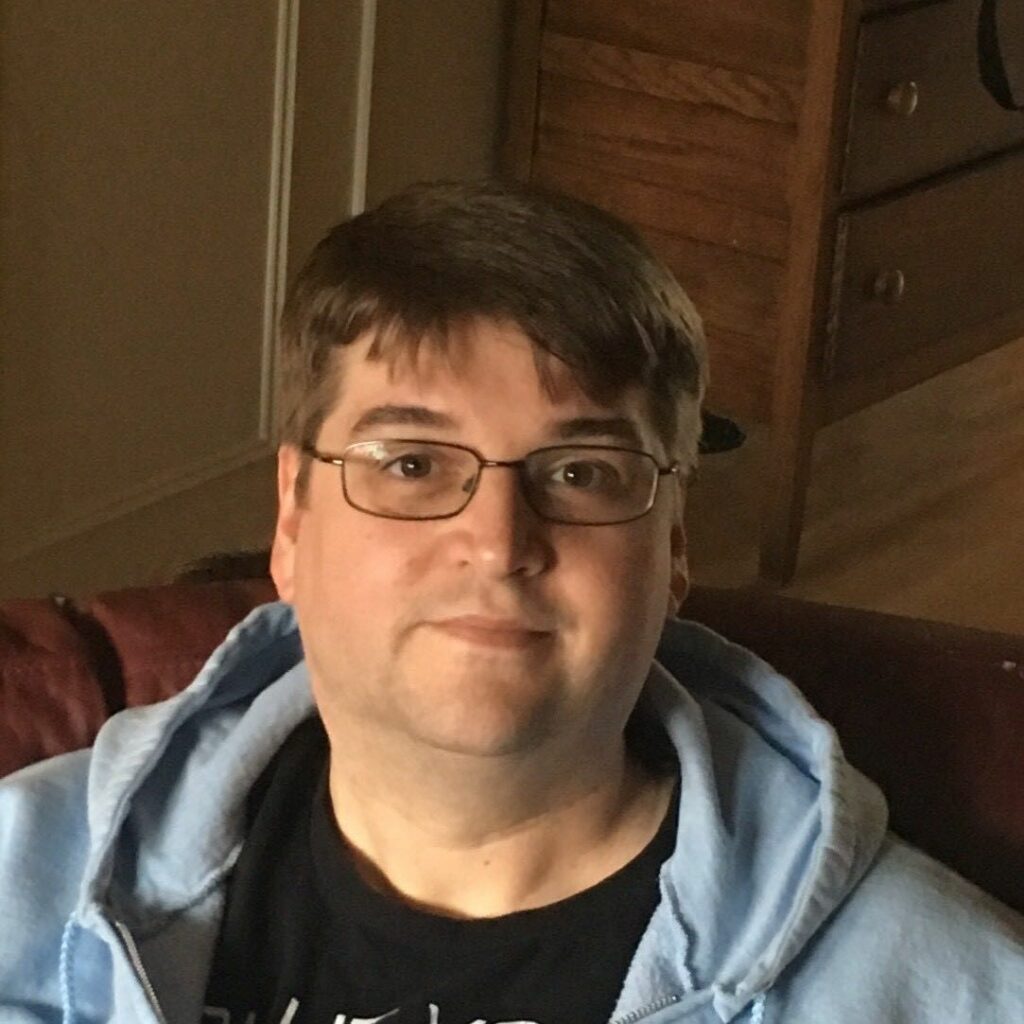
Member Profile: Peter-Pike Sloan
1. What do you do, and how long have you been doing it?
I am a Technical Fellow at Activision, where I have a small RnD team working on graphics technology for our various game studios. I personally primarily work on the precomputed lighting pipelines for our games, where I work closely with the game teams – programmers, lighters, artists, etc. I have been at Activision for almost 4 years, but have been working at the crossroads between research and game development for almost twenty.
2. What was your first job?
My first real job was at a nearby computer store, I think it was called Micro/IX, putting PC’s together. This was good motivation to attend college.
3. Where did you complete your formal education?
I have a BS in CS from the University of Utah.
4. How did you first get involved with ACM SIGGRAPH?
I first attended SIGGRAPH in 1993, after taking an excellent graphics class taught by Jamie Painter. I didn’t know anybody at the conference, just paid my own way and stayed up late trying to read the papers that would be presented the following day. My first service roles were on the papers committee in 2003, courses co-chair in 2007, on the general jury in 2008 and papers chair of SIGGRAPH Asia in 2012.
5. What is your favorite memory of a SIGGRAPH conference?
There are many, but one of my favorite things at SIGGRAPH every year is Finnkampen. It is, um, a social event where you get to meet with the Nordic graphics community (which is loosely defined for Finnkampen: people from Nordic countries, family members from Nordic countries, co-authors who think they have been to a Nordic country or people that could point out a Nordic country on a map would probably not be turned away.) It is always entertaining.
6. Describe a project that you would like to share with the ACM SIGGRAPH community.
I have been interacting with the game industry for a long time, particularly around precomputed lighting pipelines. We hope to talk about some of the technology we have developed over the last couple of years during a course at SIGGRAPH this year, and perhaps get around to writing up some more of it as well.
7. If you could have dinner with one living or non-living person, who would it be and why?
This is easy; Richard Feynman is an idol of mine. I admire him not just for his contributions to physics, but his approach to learning and general philosophy of life fascinates me.
8. What is something most people don’t know about you?
How random it was that I ended up at the University of Utah. After completing an independent study at Fitchburg State College, where I wrote a bunch of x86 assembly to transform images in various ways, I got the “graphics bug” and decided I wanted to transfer – this was sometime in 1990. My only real knowledge of the graphics community came from my father’s first edition of Foley and van Dam (1982) and the SIGGRAPH 1983 proceedings (not sure why he went.) From those it was clear that Utah was the place to go for computer graphics. If the internet was what it is today I probably would have been more careful and might have ended up somewhere else, but it all worked out in the end.
9. From which single individual have you learned the most in your life? What did they teach you?
There are a lot of people I could choose here, but I will go with my father, James Sloan. He has always encouraged curiosity and has a passion for learning that was infectious.
10. Is there someone in particular who has influenced your decision to work with ACM SIGGRAPH?
There are two people: Jessica Hodgins and Joe Marks. Jessica invited me to be on her papers committee in 2003. When Joe was the conference chair in 2007, he invited me to be the co-chair of the courses program. Since working with them at Disney, they have both been helpful as my career has progressed, particularly around interacting with SIGGRAPH.
11. What can you point to in your career as your proudest moment?
There are many, but probably when my only PhD student, Bradford James Loos, defended his thesis.